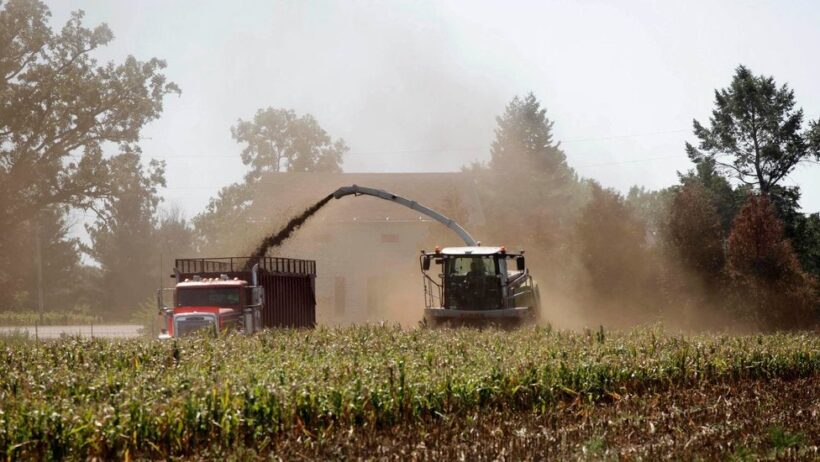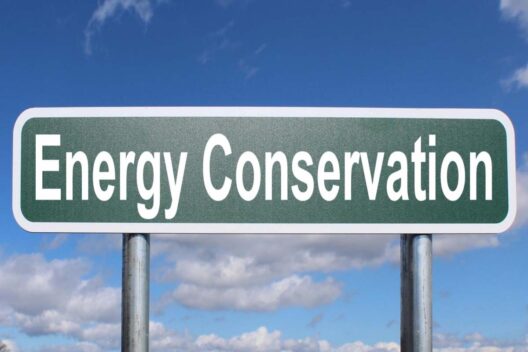Global warming, the ongoing rise in Earth’s average temperature, is not just an abstract phenomenon shrouded in scientific jargon; it has profound implications for weather patterns worldwide. As the planet heats up, the dynamics of the atmosphere shift, leading to increasingly erratic weather. This article will explore how global warming is intertwined with climatic instability, illustrating its ramifications through various lenses such as meteorological events, ecological impacts, and socioeconomic repercussions.
The Science Behind Weather Changes
First, it is crucial to understand the mechanics of weather and climate. Weather refers to short-term atmospheric conditions, while climate denotes long-term trends in temperature and precipitation. Global warming primarily arises from the greenhouse effect—gases like carbon dioxide and methane trapping heat in the atmosphere. As these gases accumulate, they contribute to rising temperatures, which in turn can lead to more extreme and unpredictable weather patterns.
One prominent effect of global warming is the modification of precipitation patterns. Warmer air holds more moisture, often resulting in intensified rainfall events. Conversely, regions that traditionally rely on consistent rainfall may experience prolonged droughts, leading to stark contrasts and erratic weather phenomena. For instance, areas once characterized by stable, seasonal rains now grapple with severe fluctuations, making agricultural planning increasingly precarious.
Extreme Weather Events
The increasing frequency and intensity of extreme weather events is perhaps the most salient indicator of a warming climate. Hurricanes, floods, heatwaves, and wildfires are becoming more prevalent, and scientific models suggest that these occurrences will continue to escalate. For example, warmer ocean temperatures fuel more robust tropical storms, increasing their destructive potential. In the past, hurricanes may have followed predictable patterns; now, they can change course with little warning, affecting disaster preparedness efforts.
Similarly, heatwaves have surged in intensity and duration. As global temperatures climb, areas that traditionally experience mild summers are seeing unprecedented heat, leading to health crises and increased energy demands. This climatic disruption poses challenges not only for public health but also for infrastructure as power grids struggle to cope with the soaring temperatures.
Flooding is another poignant consequence of global warming. The combination of heavier rainfall and the melting of polar ice caps results in rising sea levels, posing threats to coastal communities. Cities that once stood resilient against storms are now vulnerable to unprecedented flood events, prompting urgent discussions around climate adaptation and infrastructure resilience.
Impact on Ecosystems
Beyond human-centered consequences, global warming wreaks havoc on ecosystems. Species that cannot adapt quickly enough to the changes in temperature and habitat risk extinction. Coral reefs, for example, are highly sensitive to temperature variations, and increased sea temperatures have led to widespread coral bleaching. These ecosystems are critical not only for marine biodiversity but also for the livelihoods of countless communities reliant on fishing and tourism.
Terrestrial habitats are similarly affected; shifts in temperature alter the availability of resources for countless species. Birds may arrive at migratory destinations too early or too late, disrupting food webs and breeding cycles. Such mismatches can lead to population declines, further exacerbating the challenges faced by wildlife in adapting to their quickly changing environments.
Socioeconomic Repercussions
The erratic weather resulting from global warming creates myriad socioeconomic challenges. Agriculture, a cornerstone of many economies, faces increasing unpredictability. Crop yields can fluctuate dramatically, resulting in food insecurity that disproportionately affects vulnerable populations. Countries that depend on agriculture for economic stability must now navigate the dual challenges of changing weather patterns and the need for sustainable practices to mitigate their environmental footprints.
Moreover, as natural disasters become more frequent and severe, the financial burden on communities escalates. Disaster recovery is costly, straining government resources and drawing funds away from essential services. This cycle of vulnerability can push economically disadvantaged communities into deeper poverty, illustrating the stark inequities exacerbated by climate change.
Long-Term Outlook
While the current trajectory suggests continued volatility, proactive measures can still mitigate some adverse consequences. Transitioning to renewable energy sources, adopting sustainable practices, and supporting conservation efforts are vital steps toward addressing the root causes of global warming. Furthermore, investing in resilient infrastructure and fostering community preparedness can bolster societies against the inevitable impacts of climate change.
Global warming is indeed making weather patterns more erratic, resulting in a complex interplay of environmental shifts that reverberate through ecosystems and human society alike. Recognizing this challenge demands not only scientific inquiry but also concerted action at local and global scales. The future depends on collective efforts to reduce greenhouse gas emissions, adapt to changing climatic conditions, and ensure a sustainable world for generations to come.






